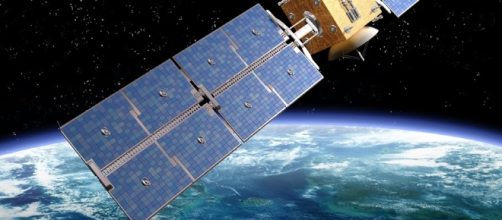As Ars Technica notes, India is calling for a hefty boost in the budget of the ISRO of 22 percent, from $1.1 billion to $1.4 billion. If NASA had a budget increase on the same percentage basis, it would rise from $19.3 billion to about $23,5 billion in s single year, more than enough to go back to the moon and go to Mars.
ISRO has two planetary science missions slated for a new start in the budget proposal. One is a second Mars mission, likely a combination of an orbiter and a lander. The other is an orbiter mission to Venus. India has already sent probes into lunar orbit.
India’s civil space budget is still very modest compared to that of the United States, even considering differences in wages paid to employees of the ISRO as compared to those who work for the American space agency. But the proposed budget increase demonstrates that India regards civil space as a crucial investment. A number of reasons exist for this attitude.
First, the Indian government recognizes that investments in space technology tend to spread to the general economy in the form of spinoffs. This phenomenon has been noted in the United States since the Apollo program. Indeed, some economic analysis suggests that the race to the moon more than paid for itself in the form of technology spinoffs and economic stimulus.
Second. India realizes that being a space power increases its standing on the world stage. A country that explores space, even with just robots (for the time being) will have more credibility in other areas. Some analysts in the United States have recognized this phenomenon for decades, that space is a useful engine for international prestige and the implementation of soft power.
India’s space program is not so much directed against that of the United States, which it regards as an ally than against China, which it views as a potential enemy. China has a relatively robust space program, having launched both crewed missions into low-Earth orbit and a number of probes to the moon, including a rover a few years ago.
A space race has thus developed in Asia between India and China with the prize of being the dominant power in that part of the world. India has some catching up to do but, unlike China, it can rely on the United States as a partner.

